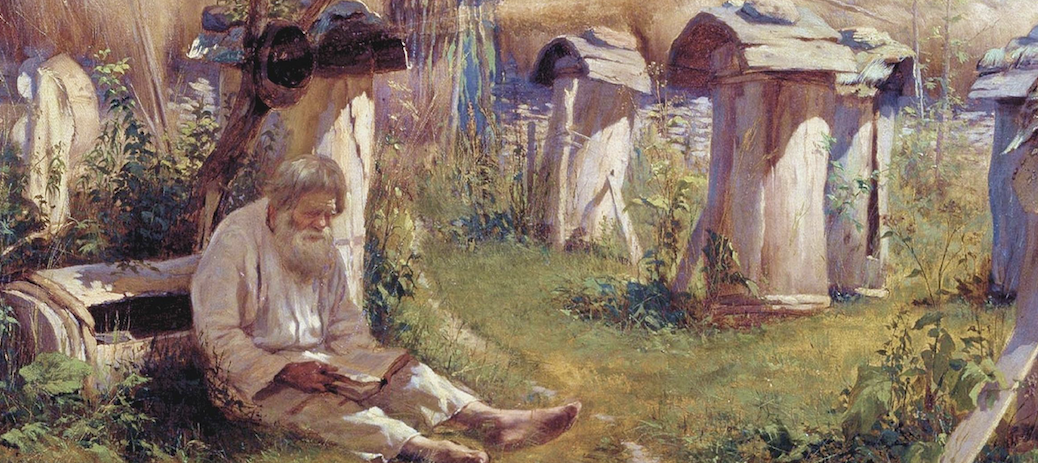After a day as cold and windy as today thoughts turn to cosy nights in by the fire with a good book. Here are some recommendations for beekeepers.
The first beekeeping book I ever read was Ted Hooper’s ‘Guide to Bees and Honey’ which is still the best book for beginners in my opinion. It’s so well written I sat down one week in winter and read it from cover to cover like a novel. The following spring I got bees and the fun began.
After a couple of years struggling with swarmy bees, I bought L.E.Snelgrove’s book ‘Swarming – its Control and Prevention’ which summarises the causes of swarming and the traditional means of prevention and also introduces the ingenious and adaptable Snelgrove board – a piece of equipment no beekeeper should be without. For those unfamiliar with it, it is a division board equipped with a central hole covered with wire grille, through which the bees may communicate, and 6 little side-doors which are opened and closed sequentially. It is used to split a colony in a double brood box and operates like a cross between a cuckoo clock and an advent calendar, bleeding bees from one box to the other and thus preventing a swarm. If the timing is right and the weather kind, it will rear a good quality queen into the bargain. Towards the end of the season the new queen is heading up the original strong colony all ready for the heather and the old queen is ticking away in a nuc. At the very least it can be used as a spare floor or to perform an artificial swarm vertically under one roof.
Snelgrove doesn’t mention what sort of bees he had but he is wearing them on his face on the cover of this book so they must have been placid ones; I couldn’t do that with my bees! Mine are in need of improvement which is why I read this next book – John Dews and Eric Milner’s ‘Breeding Better Bees using simple modern methods’. For those still unsure about which bee is the best bee – look no further than the first 20 pages of this book for a clear and convincing argument in favour of the native bee (of any country) as the best bee for the climate, having been honed by thousands of years of natural selection. It also explains how the importation of foreign bees louses things up, why it is that breeding from hybrids is unpredictable and why it is therefore essential to seek out ‘pedigree’ native stocks. The identification of A.m. mellifera and the use of wing morphometry is dealt with in the second half of the book.
John Dews and Eric Milner refer to 6 texts, two of which I hope to read this winter – Beowulf Cooper’s ‘Honeybees of the British Isles’ and F Ruttner’s Breeding Techniques and Selection for Breeding of the Honeybees. A third book is ‘The Introduction of Queen Bees’, also by L.E.Snelgrove. I noticed it at Gormanstone and on flicking through it I noticed a chapter entitled ‘The Snelgrove “One Hour” Method’; with next year’s queen-rearing debacle in mind, I bought it. This is it condensed:
Before dusk:
- Dequeen the stock;
- Put 20-30 bees (from the same stock) into a matchbox and put it in your pocket for 10 minutes;
- Place the new queen into the matchbox with the bees and put it back in your pocket;
- After 50-60 minutes, blow a little puff of smoke gently into the feed hole to send the bees away then carefully open the matchbox enough to let the bees out, place it face down over the feedhole and cover with a cloth.
I tried it on 3 hives by shuffling queens from hive to hive to hive, taking the final queen from an Apidea. To my astonishment – it worked on 2 out of the 3 and it has to be said – the one that failed was an evil queenless nuc which had already killed 2 previous queens.
Copyright © Beespoke.info, 2014. All Rights Reserved.
